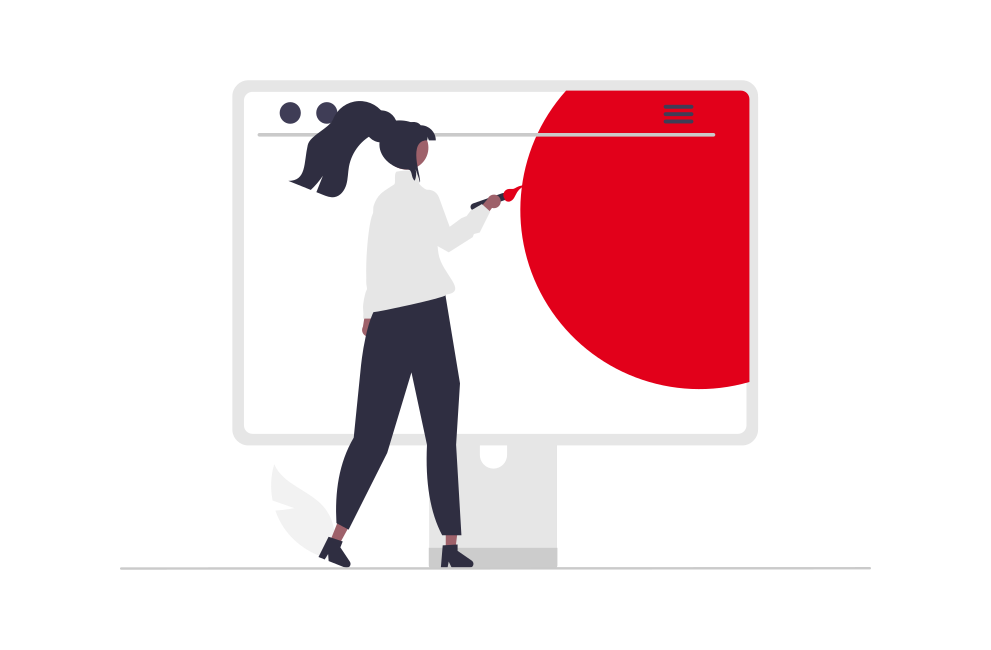Estonian e-invoicing law update from July 2025
Jun 27, 2025

Starting 1 July 2025, a new amendment to Estonia’s Accounting Act comes into force, affecting the legal framework for e-invoicing. Although the change has drawn attention, Telema experts confirm that it will not significantly impact current e-invoicing practices.
The updated law:
- Refers explicitly to the EU’s EN 16931 standard for e-invoices, but still allows businesses to agree on any other standard, including the current Estonian standard.
- Grants companies registered in the Estonian Business Register as e-invoice recipients the right to demand structured e-invoices from their partners.
Telema supports all compliant formats and structured data exchange, so Telema e-invoicing customers can continue operating seamlessly without changing their systems or processes. Customers who use other Telema services can easily activate the eInvoice Sending service to ensure compliance.
📖 Curious about how this might affect your business?
👉Telema blog – What to expect from July 2025 e-invoice changes
Contact us